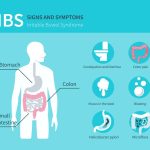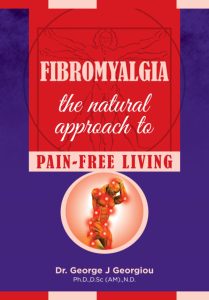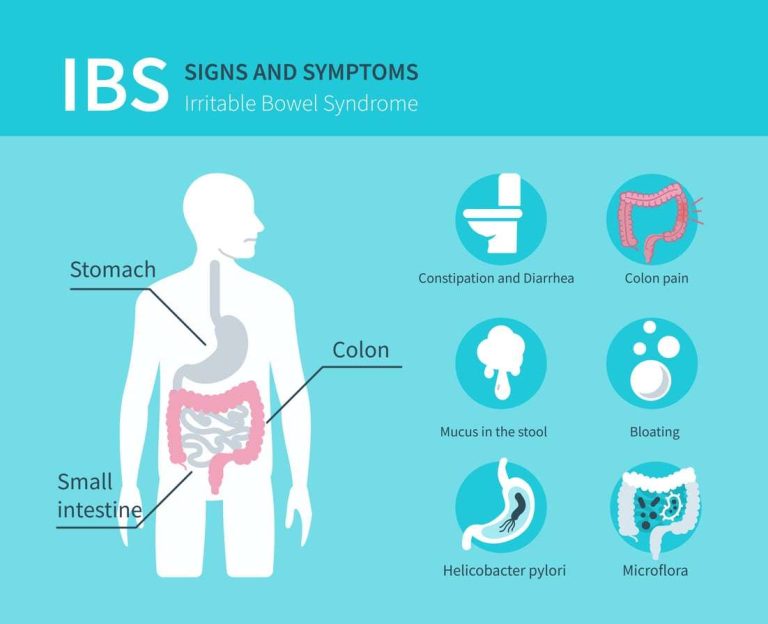Female Infertility
Patient Testimonial – Case 3, Mrs. P, age 48
Female Infertility
Medical diagnosis:
Mrs. P had suffered from gynaecological problems for longer than 22 years and headaches for more than 10 years.
She had seen a total of 5 gynaecologists who tried contraceptive pills, IV hormonal injections to stimulate ovulation, and benign, fibrotic endometrial atrophic polyp with fibrosis, which was surgically removed in 2000 with the suggestion that she have a total hysterectomy that she refused. Six months later she had a D & C with histopathological analysis that found nothing abnormal. Blood hormonal assays showed high levels of testosterone that was probably responsible for her hirsutism in arms and legs.
Polycystic ovaries were diagnosed by ultrasound scan in 1999 but no treatment was given for this. The sonography report read: “Both ovaries have multiple (at least 15 on each side) small follicular cysts with diameters not exceeding 5 mm.
Her periods were very irregular with cycles ranging from 40-60 days.
She also suffered from frequent migraines and chronic fatigue.
Holistic diagnosis:
Mrs. P came to me not so much for the sterility problem as she was already 47 years old and as they had been trying for over 25 years to have more children, she had given up on any chance of getting pregnant.
She was more concerned about her increasing weight, her hirsutism (hair on the body), and headaches that were getting worse and were more and more frequent.
Therefore, only a few tests were run and the IDEL Diagnostic Programme was not implemented in its entirety. The VEGA food intolerance test showed a number of food intolerances such as wheat, caffeine, potatoes, tomatoes, peppers and aubergines, eggs, bananas, and sugar.
VEGA testing also showed systemic mycelial, pathogenic Candidiasis.
Iridology indicated cervical and lumbar subluxations (there was pain in both these areas), a dark solaris line running through the hypothalamus-pituitary axis indicating a disturbance in this important endocrine organ, irritation marks on the thyroid, liver, and ovaries, as well as a pterygium on the sclera indicating fat metabolism problems related to liver stress.
Her underarm temperature readings, taken for 10 minutes every morning (Barne’s Temperature Test) indicated low readings averaging about 36o C (normal range between 36.5 – 37). This indicated subclinical hypothyroidism with a low metabolic rate.
Mrs. P was a very anxious, impatient, worrying-type person who felt that she should always be on the go.
Holistic treatments:
The main focus of her holistic treatment was to help balance the endocrine system. This was achieved by using Su Jok acupuncture on the basic correspondence system of the hand on the corresponding points of the ovaries, uterus, pituitary, hypothalamus, and adrenals – there were 5 treatments in one month using microneedles and magnet stars and seeds in the evening.
In addition, she undertook a 15-day alkaline detoxification diet with fruits and vegetables, freshly made vegetable juices, herbal teas, and plenty of mineral water. She also abstained from eating foods that she was intolerant to.
As soon as the detoxification was complete she began the Da Vinci Candidia protocol.
About two months after completing the Da Vinci Candida Protocol her husband phoned me at the Centre elated at the fact that his wife was now pregnant, confirmed by urine tests at the gynaecologist. She went through a trouble-free pregnancy and natural birth with no complications whatsoever.
Patient’s own account:
My husband was an old patient of Dr. Georgiou and the Da Vinci Holistic Health Centre, so when he saw me suffering with headaches and worrying about my weight, he suggested that we go see Dr. Georgiou.
After a few initial tests, he put me on a detoxification diet with fruits and vegetables, including freshly made carrot juices. This lasted 15 days and I began to feel very well as a lot of the bloating I had began to diminish. I also felt a lot more energetic and had a renewed interest in my house and family.
After the detoxification diet, I began a treatment to clear up the candida problem that I was diagnosed with. This lasted 3 months and it meant keeping off sugar and yeast products throughout this time. During this treatment, I noticed that the hair on my arms and legs began getting lighter and thinner and slowly began falling away. I was really amazed as I had this problem for over a decade and it was embarrassing as the hair was very dark and thick.
Given that I was seeing the results of this treatment, I persevered and reached the end – I also felt very good, lost a considerable amount of weight, my energy levels were excellent and generally people were commenting on how good I looked.
What I was not expecting was to get pregnant at the age of 47 years old, after trying to get pregnant for more than 25 years! This was such a pleasant surprise that I remember wanting to call Dr. Georgiou from the gynaecologists office, such was my elation! I am absolutely certain that Dr. Georgiou’s treatments were responsible for my getting pregnant as I had seen 5 gynaecologists over the 25 years of trying and had received so many different treatments, but nothing seemed to help.
We now have a beautiful son who is our pride and joy and has changed our lives miraculously. May Dr. Georgiou’s work be blessed forever, and may he help other women in my predicament.
Dr Georgiou’s final comments on Mrs. P:
This is again another interesting case where the causative factors were not investigated by so many medical doctors that she had seen, but only the symptoms suppressed by surgery or drugs. When one is faced with a uterine polyp, one needs to ask the question what caused it? The same question needs to be asked of the hormonal system – why was it so imbalanced?
In my clinical experience, seeing a number of women with fertility issues, there is not one case that I have seen that did not have systemic, pathogenic Candidiasis. This is probably not a coincidence as candida can be very virulent causing a wide array of symptoms and syndromes.[1]
Candida produces 79 different toxins[2],[3] known to wreak havoc with the immune system.[4] A long list of potential symptoms associated with candida overgrowth include depression, anxiety attacks, mood swings, lack of concentration, drowsiness, poor memory, headaches, insomnia, fatigue, bloating, constipation, bladder infections, menstrual cramps, vaginal itching, muscle and joint swelling, pain, hypothyroidism, and skin problems.[5] She had a number of these symptoms.
However, it is rarely understood that candida also contributes to hormonal problems. A candida waste product produces a false estrogen, which tricks the body into thinking it has produced adequate levels, signaling a reduction of its own estrogen.[6] Similar messages can also be sent to the thyroid, reducing thyroxin production and initiating or worsening a hypothyroid problem.
Elevated estrogen levels also increase vaginal candidiasis incidence.[7],[8] Estrogen will literally feed candida growth, which is why birth control pills and estrogen replacement therapy put women at a greater risk of developing candida.[9] This woman had taken many different hormonal treatments over a number of years.
It is always heartening to see a woman at this age – 47 years old – give birth to a healthy and intelligent young boy after 25 years of trying.
[1] Vartivarian SE. Virulence properties and nonimmune pathogenic mechanisms of fungi. Clin Infect Dis 14(suppl 1) :30–36, 1992.
[2] Georgiou, GJ. Scourge of the 21st Century: Systemic Candidiasis. British Naturopathic Journal, Vol. 25, No. 1, 2008.
[3] Georgiou, GJ. Treatment of Systemic Candidiasis. British Naturopathic Journal, Vol. 25, No.2, 2008.
[4] Iwata, K., and Yamamota, Y. Glycoprotein Toxins Produced by Candida Albicans. Proceedings of the Fourth International Conference on the Mycoses, June, 1977, PAHO Scientific Publication #356. and Iwata, K., Recent Advances in Medical and Veterinary Mycology, University of Tokyo Press, 1977.
[5] Crandall M. The pathogenetic significance of intestinal Candida colonization. Int J Hyg Environ Health 207; 79-81, 2004.
[6] Zhao, X., Malloy, PJ, Ardies, CM and Feldman, D. Oestrogen-binding protein in Candida albicans: antibody development and cellular localization by electron immunocytochemistry. Microbiology, 141:2685-2692, 1995.
[7] Cheng G, Yeater KM, Hoyer LL. Cellular and Molecular Biology of Candida albicans Estrogen Response. Eukaryotic Cell. 5(1) :180-191, Jan 2006.
[8] Zhang X, Essmann M, Burt ET, Larsen B. Estrogen effects on Candida albicans: a potential virulence-regulating mechanism. J Infect Dis. 181(4):1441-6, Apr 2000.
[9] Crook WG. The Yeast Connection and the Woman . 3 rd ed. Jackson TN: Professional Books; 1995.










